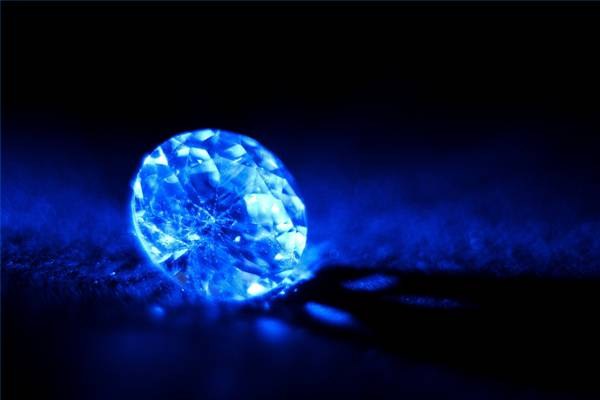You will need
- - ultraviolet lamp;
- - quartz or a crystal of a suitable size.
Instruction
1
Genuine Topaz is very well polished. It feels silky, some slipperiness, it can be easily distinguished.
2
Topaz, you can have a different color: blue, pink, yellow. But that's a smoky Topaz or Topaz irrelevant to the real Topaz is not. It is a kind of crystal or smoky quartz. Therefore, in their properties it is closer to the crystal than to the present Topaz.
3
Natural Topaz is harder than quartz (crystal), which usually make fake. The density of seven units of quartz, Topaz is eight. Therefore, this will always leave Topaz on quartz from scratch.
4
Compare your Topaz with quartz of the same size. The density of Topaz above, and therefore for the same size, it will always be a little heavier. For this property is Topaz in Russia called "tuloverolaki".
5
Synthetic stones always look too good in comparison with natural. Large gems of natural origin always have small defects. Natural Topaz big size without defects, of course, exist, but are quite expensive.
6
Note the brilliance of the stone you intend to buy. Cheap cubic Zirconia and zircon at its brilliance can be compared only with diamonds. Natural gems such brilliance not possess. But the brilliance of cubic Zirconia disappears very quickly. Synthetic substitutes require constant wiping.
7
When the direction of the light changes the color of the Topaz. This phenomenon is called pleochroism, and is most strongly noticeable in the pink and yellow topazes. The blue stones pleochroism is not as pronounced.
8
Topazs has distinct "parallel" structure of the crystal. Therefore, in a large natural Topaz you can see parallel cracks.
9
Topazs luminesce in the ultraviolet wavelength range. The stone has a bluish color observed yellow or greenish glow, the wine and pink Topaz – glow orange-yellow. In shortwave Topaz don't sparkle.
Note
Please note that the yellowish and Golden stones are very unstable color. Known cases when such stones are burnt out right in the store window. That is why nowhere in the world except Russia, yellow topazes are not considered jewelry stone.
